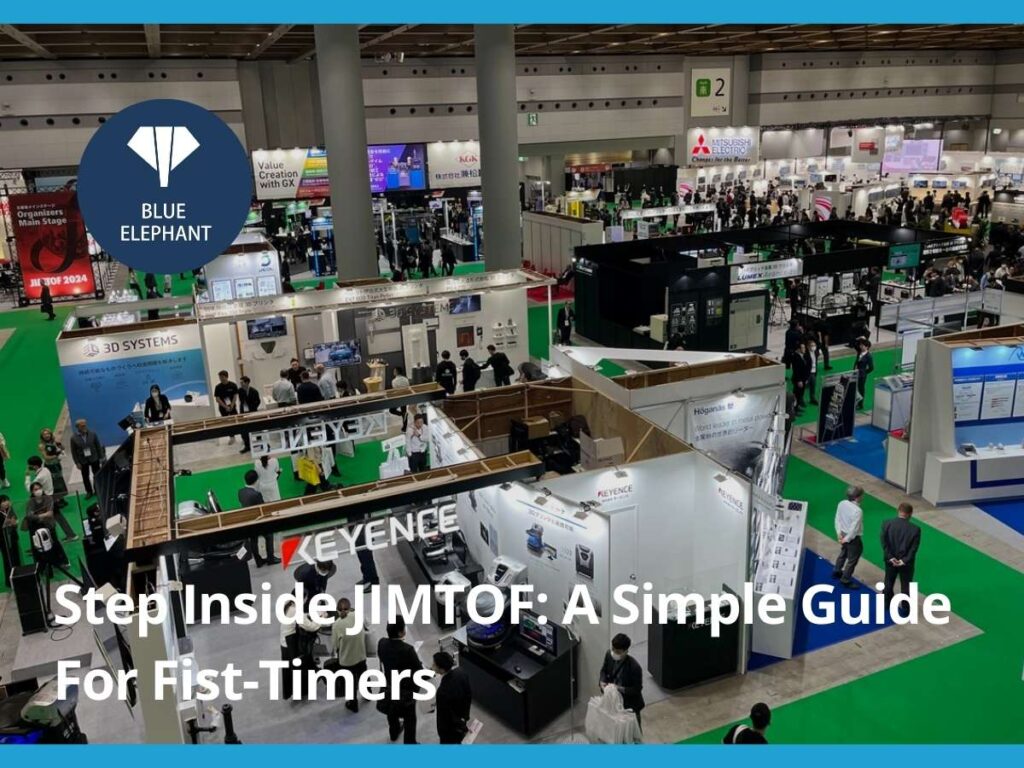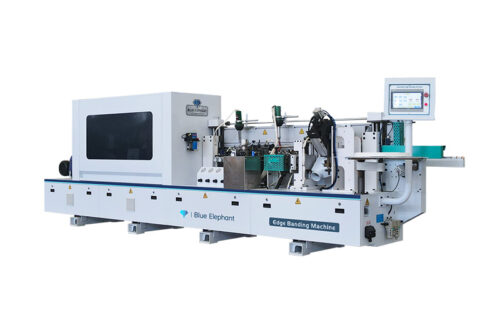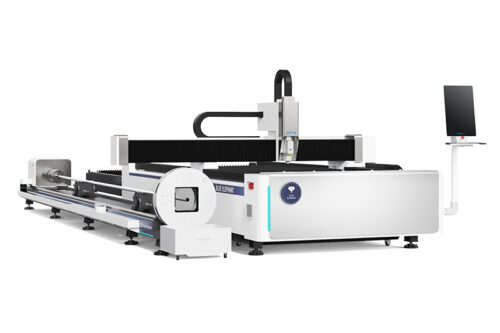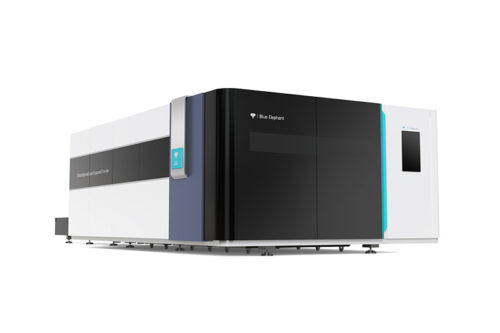The first time I walked into JIMTOF, I froze. Too many booths. Too many people. I didn’t know where to go.
If that sounds like how you feel now, you’re not alone. I’ve been there. That’s why I wrote this. I’ve walked those halls, made the mistakes, and found a better way.
You can trust what I say because I’ve lived it. I’ve asked the questions, taken the long routes, and missed great booths because I didn’t plan.
This article is built from real experience.
Here’s what you’ll get:
- Tips to save time
- A daily schedule sample
- Which booths to prioritize
- Common mistakes to avoid
By the end, you’ll have a clear map and solid tips to help you walk into JIMTOF like you’ve been there before.
Let’s dive in!
1. How to Register for the Event
Let’s start with the basics getting into JIMTOF.
If you’ve never attended, the process might feel confusing at first. But once you know the steps, it’s actually pretty simple. I’ve done it multiple times sometimes early, sometimes too late. So I’ve seen what works best.
Let’s break it down:
Pre-Register Online
Sign up on the official JIMTOF website well before the show date. Registration is mandatory, and on-site sign-ups are not available.
- Official Website: https://www.jimtof.org
- Event Dates: October 26-October 31, 2026
- Venue: Tokyo Big Sight, Tokyo, Japan
What you’ll need:
- Name and contact info
- Company name and industry type
- Your email address (for the QR code)
If you’re joining from overseas, register via the English portal or through your country’s official JIMTOF agent.
Prepare Your Credentials
Bring everything you need to confirm your role and access level.
Here’s what to keep handy:
- Business cards or your company ID
- A printed or saved version of your QR code
- Your pre-registration confirmation email
- Passport (if attending internationally)
If you’re a buyer, exhibitor, or press member, some areas may offer extra access but only if you confirm early. Read the event’s guidelines to avoid being turned away at key zones.
Confirm the Event Schedule
Don’t walk in blind.
JIMTOF runs over several days, and each day offers different highlights.
Things to check:
- Which halls have suppliers or product categories you care about?
- Are there live demos, seminars, or special talks you want to catch?
- Do certain booths or companies require appointment booking?
Also, follow the event’s social media or sign up for alerts. Last-minute schedule changes do happen.
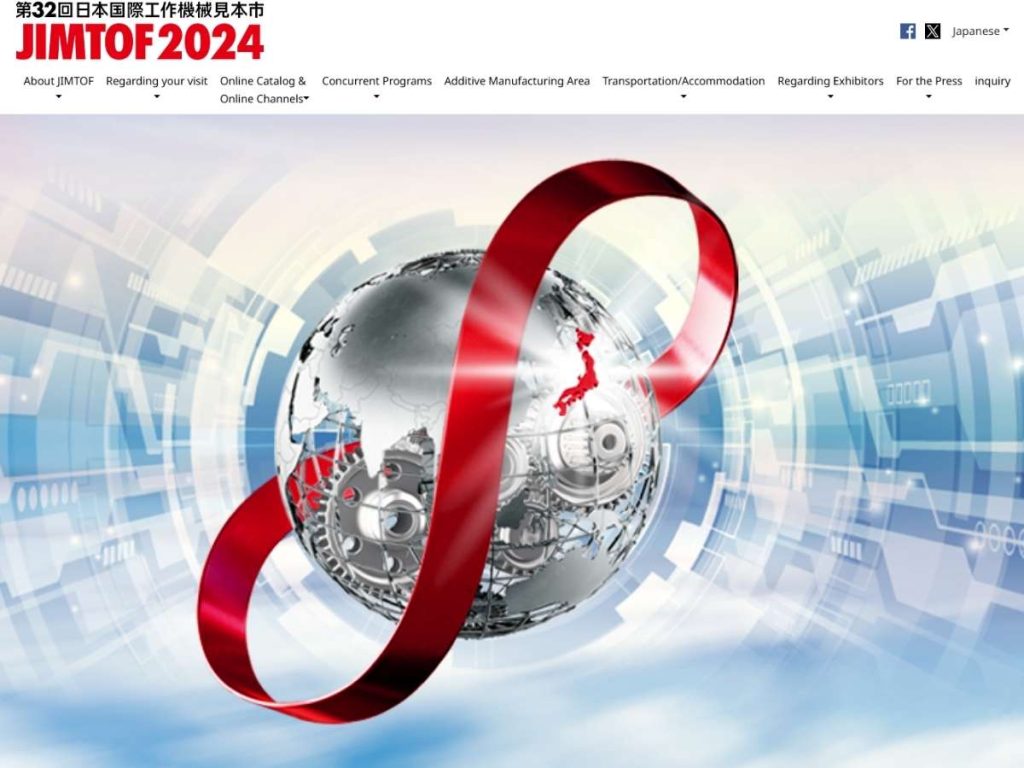
2. Travel & Accommodation Tips
Booking your flight and hotel might feel secondary, but from my experience, it plays a big part in how smoothly your JIMTOF visit goes.
I’ve made the mistake of choosing the wrong airport and staying too far from the venue. You don’t have to.
Choosing the Right Airport
There are two main international airports in Tokyo. Pick based on what matters most to you cost or convenience.
- Narita International Airport (NRT): Located about 60–90 minutes from Tokyo Big Sight by train. Flights here are often cheaper, but it takes longer to reach the city. You’ll likely need multiple train transfers.
- Haneda Airport (HND): Just 30–45 minutes to central Tokyo. Much closer to the venue and city center. Fewer transfers and less travel fatigue.
My take? If your schedule is tight, go with Haneda. I once flew into Narita and lost half a day dealing with train changes.
Where to Stay
Picking the right hotel location saves you time, energy, and money. Heres my recommended places:
- Ariake / Odaiba: Closest to the venue. Many hotels here are walkable or just one station away. Great if you want to avoid long morning commutes.
- Shimbashi / Shiodome: These areas are well-connected to Tokyo Big Sight. A short train ride gets you to the venue. Plenty of mid-range business hotels here.
- Tokyo Station Area: Central and packed with hotel options. But you’ll need more time to travel to the venue. Good if you also plan to meet clients or visit suppliers elsewhere in Tokyo.
I’ve stayed in all three. If JIMTOF is your main focus, Ariake or Odaiba is worth the slightly higher price.
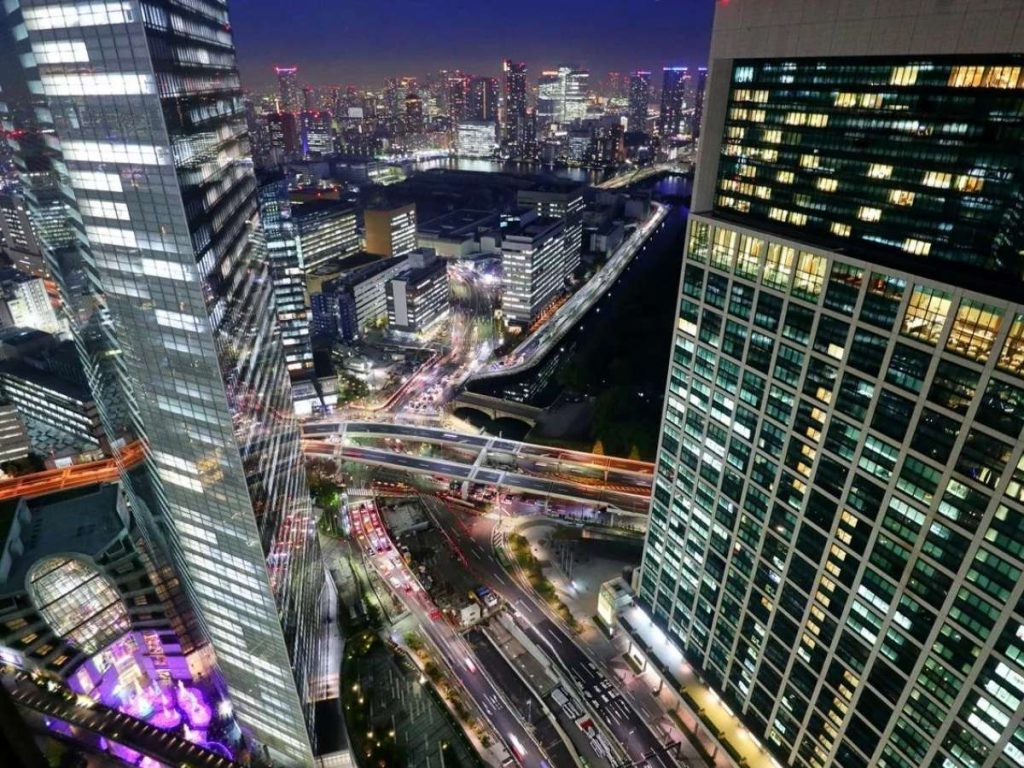
3. Explore the Venue Layout
JIMTOF is massive. Over 1,000 exhibitors. Multiple halls. Endless rows of machines and displays.
If you walk in without a plan, it’s easy to get overwhelmed or worse, miss the booths you came to see.
I learned that the hard way my first year. I spent the entire morning in one hall, only to realize later that the key suppliers I wanted to meet were in a different building.
Knowing the layout can save you hours.
What to Expect at the Venue Layout
The venue is divided into several major zones. These zones are based on product types, machine categories, and exhibitor profiles.
- East Halls:
- CNC machines
- Lathes and milling machines
- Metal cutting and forming systems
- West Halls:
- Precision tools
- Software solutions
- Smart factory tech and IoT integration
- South Halls / Conference Tower:
- Seminars, keynote sessions, and buyer meetings
- Some specialized booths or country-specific pavilions
- Outdoor Exhibition Area:
- Larger equipment, mobile displays, and transport demos
Every zone has large printed maps, but it helps to print or download one in advance.
How to Plan Your Route
It’s nearly impossible to visit every booth. Instead, focus your visit based on goals.
Ask yourself:
- Are you there to meet specific suppliers?
- Are you comparing machine types or tech categories?
- Do you want to discover new releases or industry trends?
Once you know your focus, block your time like this:
- Morning (10:00 AM – 12:30 PM): Visit your must-see booths early. They’re less crowded, and staff have more time to talk.
- Lunch Break (12:30 PM – 1:30 PM): Most food courts are packed at noon. Try to eat slightly earlier or later.
- Afternoon (1:30 PM – 4:30 PM): Walk other halls, join demos, or attend a talk.
- Wrap-Up (4:30 PM – 5:30 PM): Return to booths for final questions or follow-ups.
I treat each hall like a checkpoint. After visiting the East Halls, I take a break, review what I’ve seen, and reset before heading to the next section.
That routine keeps me focused and keeps my legs from giving out halfway through the day.
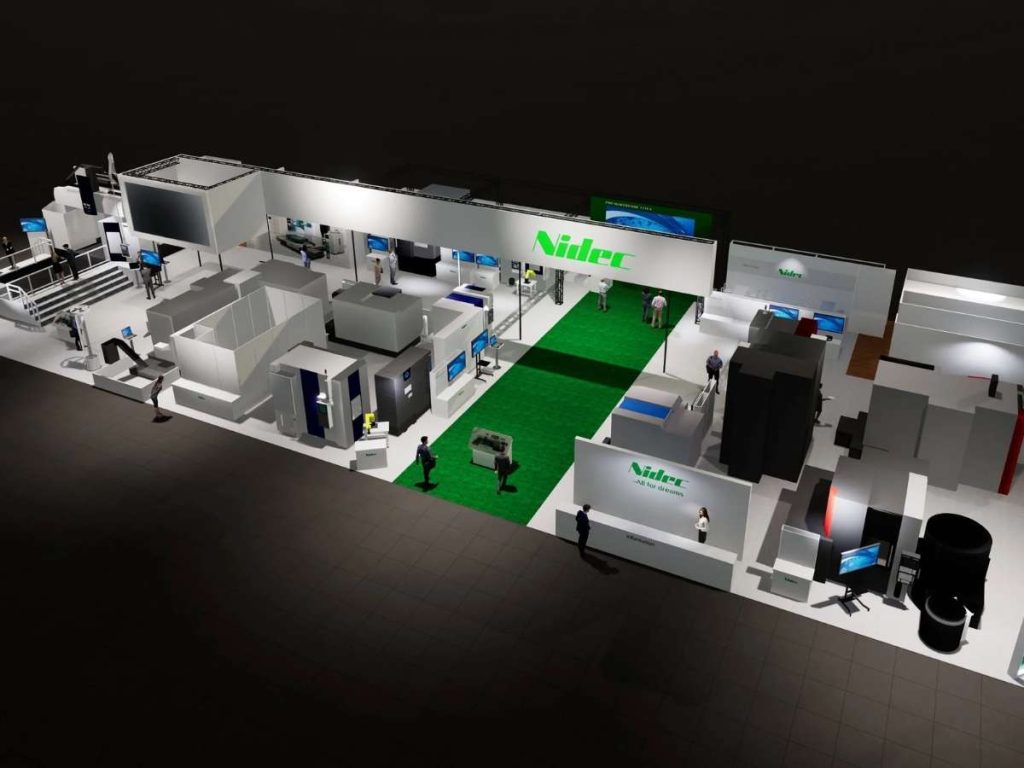
4. Must-See Exhibitors & Product Highlights
With over a thousand booths spread across multiple halls, you won’t be able to see everything.
And you don’t need to.
What you need is to focus on the right booths the ones that align with your goals, whether you’re sourcing machines, comparing technologies, or looking to meet manufacturers face-to-face.
Who Should You Visit?
It depends on your role, but here are common targets:
- Machine Tool Builders: Look here if you’re sourcing large-scale equipment or full systems.
- Component & Spare Part Suppliers: A good stop for distributors and repair-focused businesses.
- Tooling & Cutting Solutions: Best if you work in mold making or precision parts.
- Automation & Robotics: Great for those eyeing smart manufacturing or streamlining workflows.
- Software & CAD/CAM Systems: Ideal if you’re integrating design and machine data flow.
Product Demos and Live Showcases
JIMTOF isn’t just about brochures and catalogs. Many booths run live demos throughout the day.
- CNC Machines in Action: Watch real-time part machining, tool changes, and finish results.
- Robotic Cells: See pick-and-place systems, collaborative robots, and part loading setups.
- 3D Inspection Tools: Fast measurement, reverse engineering, and in-process checks.
- CAD-CAM Workflow Demos: Walkthroughs from design to machining on the shop floor.
Don’t hesitate to ask for demo times or explanations. Staff are usually very open to questions, especially if they know you’re in the trade.
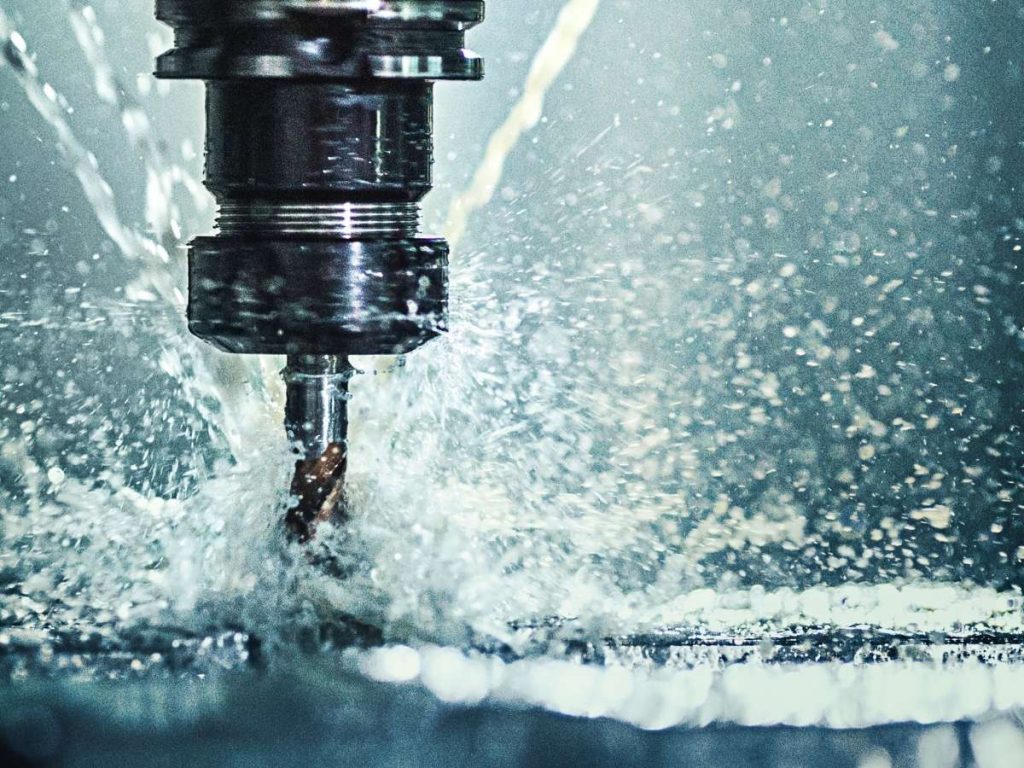
5. Building Strong Business Connections
JIMTOF isn’t just a showcase it’s a place where serious deals begin.
Whether you’re a supplier, agent, or end user, the conversations you have here can open doors.
But walking in and hoping for strong business ties without a plan? That rarely works.
I learned early on that the real value of JIMTOF often happens in between booth visits during casual chats, scheduled meetings, or even over coffee.
Know Who You Want to Meet
The exhibitor list is huge, so you’ll need to prioritize.
Start by asking:
- Are you trying to meet potential partners, distributors, or direct suppliers?
- Do you want to reconnect with past contacts or expand into new regions?
Use the official exhibitor directory to filter by:
- Product category
- Country
- Target market
Make a shortlist of 5–10 companies and note their booth locations.
If you’re a spare parts dealer or repair specialist, focus on booths with live demos. It’s easier to start conversations when you can talk about what you’re both looking at.
Prepare Your Business Card and Pitch
First impressions count—especially at events like JIMTOF, where time is limited.
Bring plenty of:
- Business cards (double-sided with English and Japanese if possible)
- Brochures or product lists (keep it short—one-pagers work best)
- Sample pitch: Who you are, what you do, and what you’re looking for (keep it under 30 seconds)
A typical opener I use is simple: “I’m visiting from [company name], we focus on [service or product]. I was hoping to explore a few areas for collaboration would this be a good time to ask a few questions?”
It works better than walking up and asking for a price list right away.
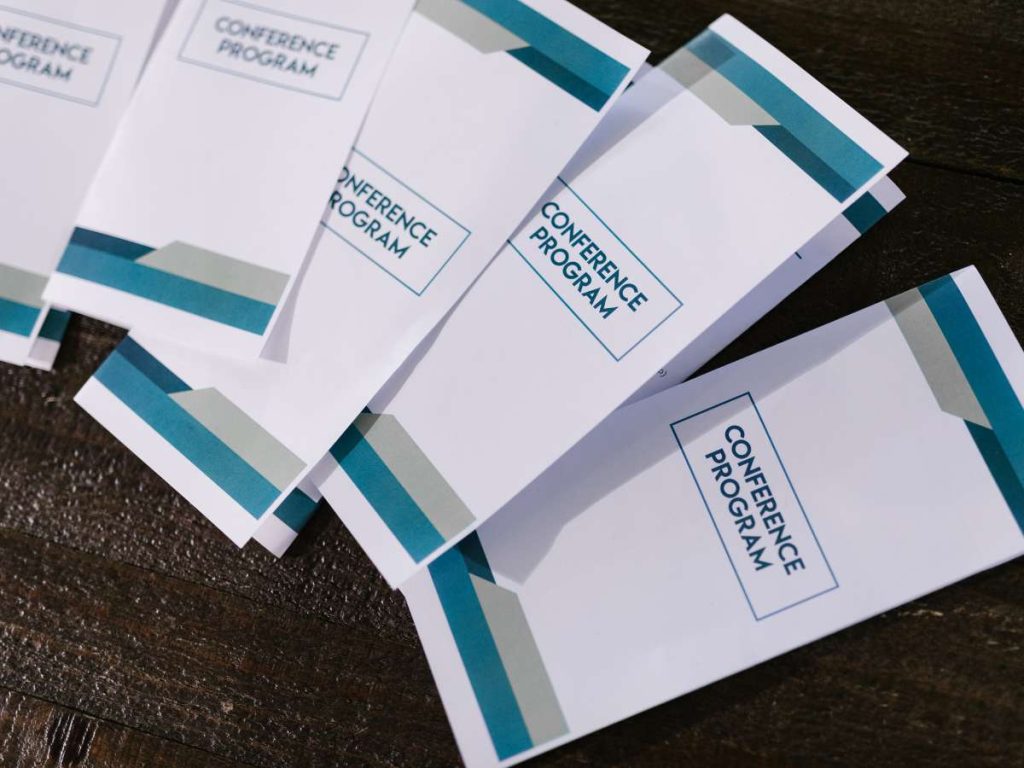
6. Market Trends & Innovations to Watch
Every time I attend JIMTOF, I notice the same thing there’s always something new that buyers are talking about. But not all trends are worth chasing.
In this section, I’ll help you focus on the ones that are gaining real traction in workshops, salesrooms, and production floors.
Smart Manufacturing (Industry 4.0)
Smart manufacturing uses sensors, software, and automation to improve how machines run and how decisions are made. You’ll see CNC machines with built-in diagnostics, remote monitoring dashboards, and connected systems that talk to each other. This is especially useful if you’re managing multiple machines or servicing clients that expect data-driven performance.
Energy-Efficient Machines
With energy prices rising, many manufacturers are asking for machines that do more while using less. At JIMTOF, you’ll notice machines with inverter drives, power-saving modes, and optimized motors. These upgrades can lead to real cost savings over time something your customers will likely ask about during negotiations.
Automation for Small-Batch Jobs
In the past, automation made sense mostly for high-volume work. Now, robots and part handlers are becoming compact, affordable, and easier to adapt for smaller runs. That means even a small shop can now consider basic automation without a big budget or full-time tech team.
Additive Manufacturing (Metal 3D Printing)
Metal 3D printing has moved beyond prototyping. Now, you’ll see hybrid systems that combine milling and printing in one setup, plus machines that produce stronger parts with better finish straight off the build plate. If you serve industries like aerospace, tooling, or custom parts, this is an area to watch.
7. Tips for First Time Visitor
If it’s your first time attending JIMTOF, the size and pace of the event can feel overwhelming.
But with a little preparation, you’ll get more value, better conversations, and far less stress.
These tips are based on real experience from someone who once showed up without a plan and learned the hard way.
- Register Early: Online registration is required, and printing your QR code in advance saves you from long entry delays.
- Bring Business Cards: Physical cards are still preferred, especially by Japanese exhibitors—many expect it before any real conversation begins.
- Arrive Before 10:00 AM: Getting there early helps you avoid long lines and lets you visit top booths before the crowd builds.
- Use the Official Floor Map or App: The official map or mobile app helps you navigate, find booth numbers, and track seminar schedules easily.
- Plan Your Booth Visits: List your priority exhibitors before the show so you don’t waste time figuring it out on the spot.
- Pack Light, But Come Prepared: Bring only what you need like a power bank, notepad, and water since you’ll be walking for hours.
- Wear Comfortable Shoes: You’ll be on your feet all day, and some halls require a good amount of walking between them.
- Book Meetings in Advance: If you want in-depth talks or pricing discussions, try to reserve a time slot with key vendors before arriving.
- Don’t Try To See Everything: Focus on your goals—seeing fewer booths with better conversations is more valuable than rushing through them all.
- Take Short Breaks: Find time to sit, review your notes, or catch your breath between halls so you stay sharp throughout the day.
The better prepared you are, the more you’ll get out of JIMTOF.
Conclusion
We’ve walked through the halls together before you even arrived. From ticketing to travel to trends to tips, you now know what to expect and how to move with intent.
This is your chance to build something real. Start conversations. Make decisions. Grow your business.
Needing a CNC machine supplier who truly understands what your business needs?
At Blue Elephant, Our team recommends the right machine and provides training materials, videos, and online support.
Contact us today. Your solution may be one message away!
Recommended Reads for You
Interested in more? Here are some additional articles with insights and tips to keep you informed:
Still haven’t found what you’re looking for? Don’t hesitate to contact us. We’re available around the clock to assist you.


